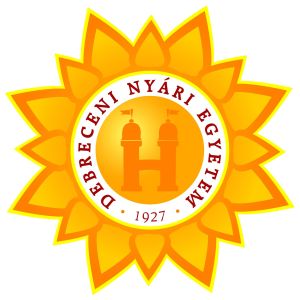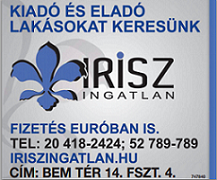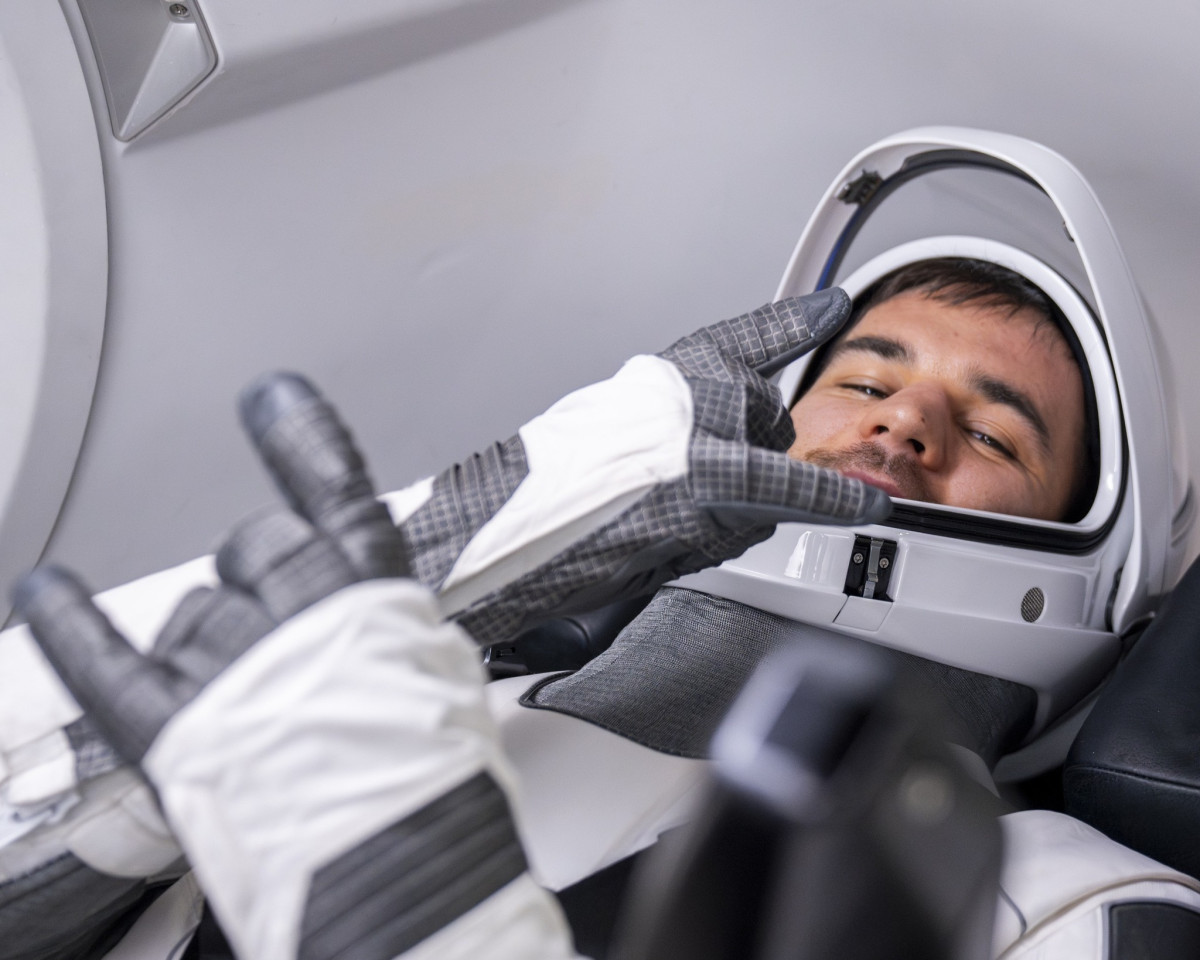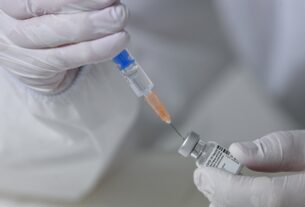Hungarian astronaut Tibor Kapu successfully launched to the International Space Station (ISS) on June 25 at 8:31 AM Central European Time as a member of the Axiom-4 mission. The launch took place from NASA’s Kennedy Space Center in Florida.
The four-member crew of the commercial Axiom-4 mission lifted off aboard a SpaceX Crew Dragon spacecraft, launched by a Falcon 9 rocket. The mission represents a shift toward commercial spaceflight and is a collaboration between Axiom Space, SpaceX, and NASA.
The Ax-4 mission’s Dragon C213 spacecraft launched from Pad 39A at the Kennedy Space Center. The Falcon 9 Block 5 rocket placed it into low Earth orbit, and it will dock with the ISS at the Harmony (Node 2) module. The mission is planned to last 14 days.
The Ax-4 mission is commanded by 65-year-old American astronaut Peggy Whitson of Axiom Space, who is flying to space for the fifth time. The other three crew members are all on their first spaceflight: Indian pilot Shubhanshu Shukla (40), participating through the Indian Space Research Organisation; Polish mission specialist Sławosz Uznański-Wiśniewski (41), representing a collaboration between the European Space Agency (ESA) and the Polish Space Agency; and Tibor Kapu (34), mission specialist representing the Hungarian HUNOR (HUNgarian to ORbit) astronaut program.
Hungary is participating in this mission with its second astronaut, but Kapu is the first Hungarian to reach the ISS, which has been in operation since 1998. The first Hungarian astronaut, Bertalan Farkas, traveled to space 45 years ago in 1980 as part of the Interkosmos program, visiting the Salyut-6 space station.
The four-person crew will conduct nearly 60 scientific experiments from 31 countries, underlining the global and collaborative nature of the mission. These microgravity experiments conducted in low Earth orbit (LEO) will include research in medicine, cancer, and diabetes. The number of experiments sets a record for an Axiom Space mission aboard the ISS.
As part of the Hungarian HUNOR program, 25 experiments and programs will be conducted. These aim to expand our knowledge of space and its effects on humans and materials.
According to the HUNOR program, the rocket reaches its point of maximum mechanical stress about one minute after launch. The first stage cuts off around 2 minutes and 30 seconds, followed by ignition of the second stage engine. The Dragon spacecraft, carrying the crew, separates from the second stage approximately 10 minutes after launch and continues in low Earth orbit. The rocket’s first stage returns to Earth, landing in a designated area. The Dragon spacecraft typically reaches the ISS in 1–2 days, docking with the station after precision maneuvers. (The Axiom-4 mission is expected to dock with the ISS on the morning of June 26 at 7:00 AM.)
The mission launch had previously been delayed several times, with the most recent scheduled attempt having been early Sunday morning.


















